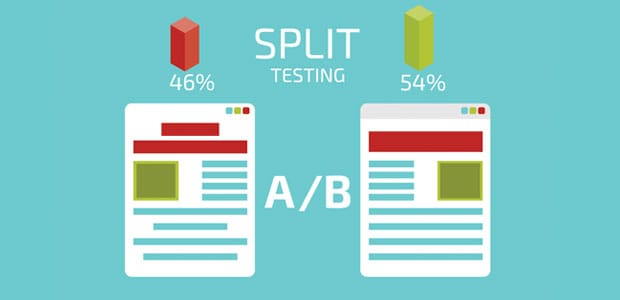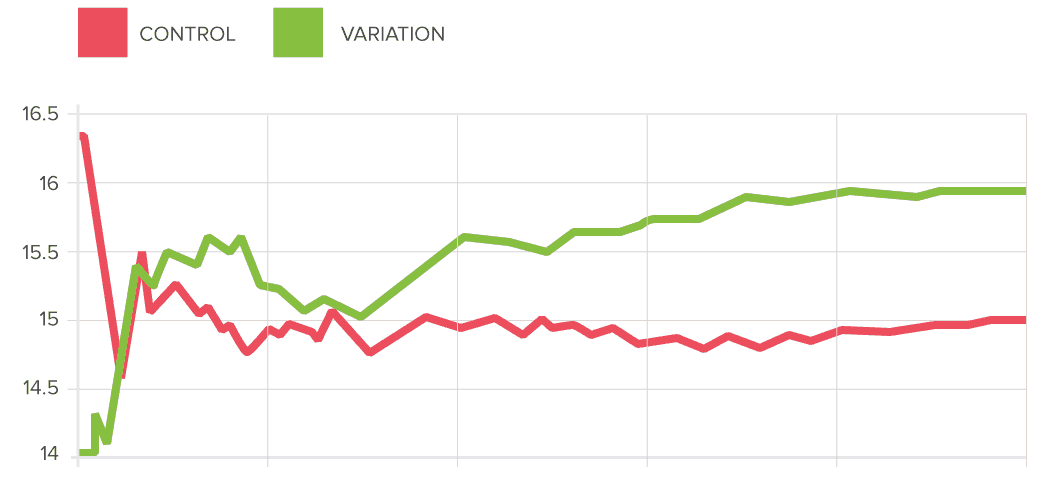How Do You Create a Split Test? A Step by Step Example
There is a practical way to do split testing so that the test returns the most accurate results possible.
Prior to starting the process, you want to set up an account in HotJar to be able to analyze user interaction data, as well as a Google Optimize account so that you an create a split test once you have strategized what test you want to run.
Identify the Issue and Collect Data
Identifying the issue is the basis for the split test. For example, say your website’s Contact Us page is currently converting at 0.5% (not great). We notice that the form is below the fold, and determine that this could be the issue to our conversion rate.
We through the webpage into HotJar and track it with a heatmap. After a few days of data collection, we noticed that only 50% of the users are going below the fold, and the bounce rate for this form is high.
Now that we have identified the issue, we need to propose a solution.

Propose a Solution
Since only a portion of the users that come to the webpage are going below the fold, we want to bring the form above the fold so that the user is forced to at least interact with the form immediately upon landing on the conversion page.
Create a Hypothesis
Forming a hypothesis is an important next step because it helps you think clearly about what you expect to happen based on data. In this example, our hypothesis is if we move the conversion form above the fold, then we expect that our conversion rate will go up by 100% (1.0% vs 0.5%).
Run Your Test & Collect the Data
Once we form our hypothesis, we can set our test up in Google Optimize and run our split test.
As the test runs, Google Optimize will gather data based on a goal of your choice and determine if one of your variations are a clear winner. You will use the insights from this data to either decide to change your webpage accordingly or go back to the drawing board and strategize another split test.





